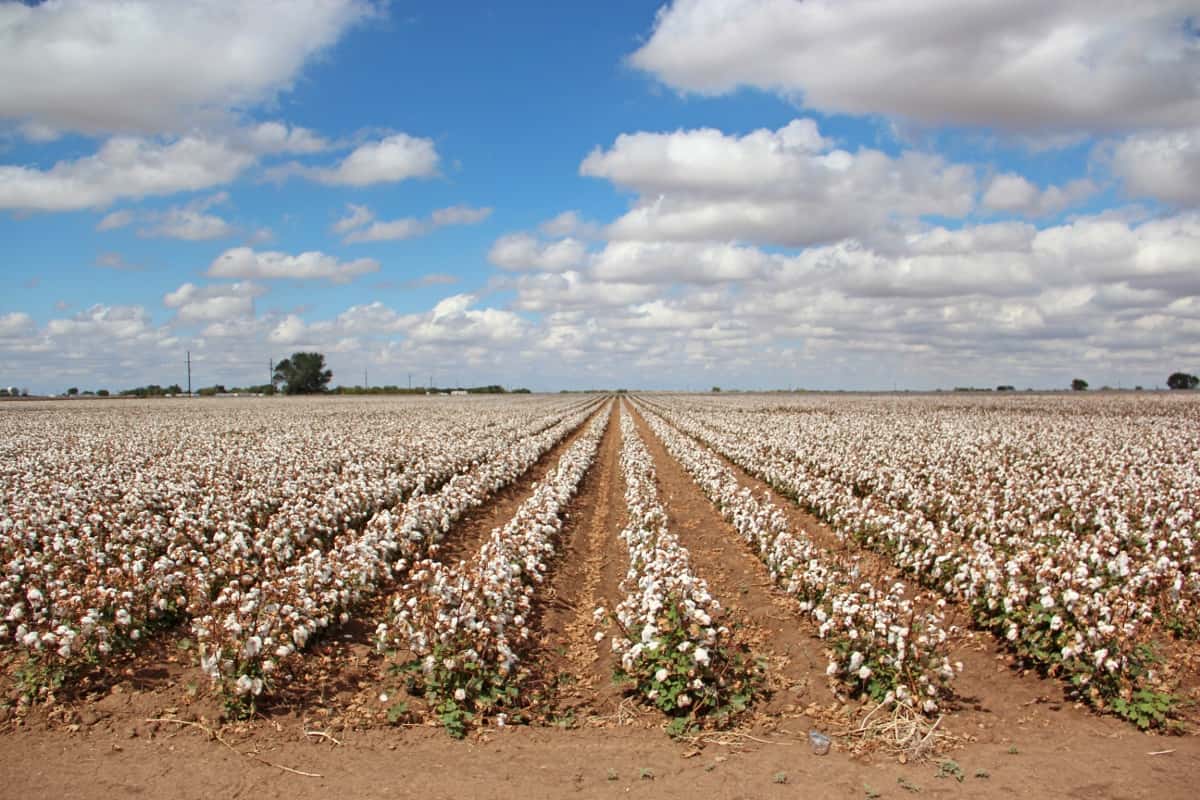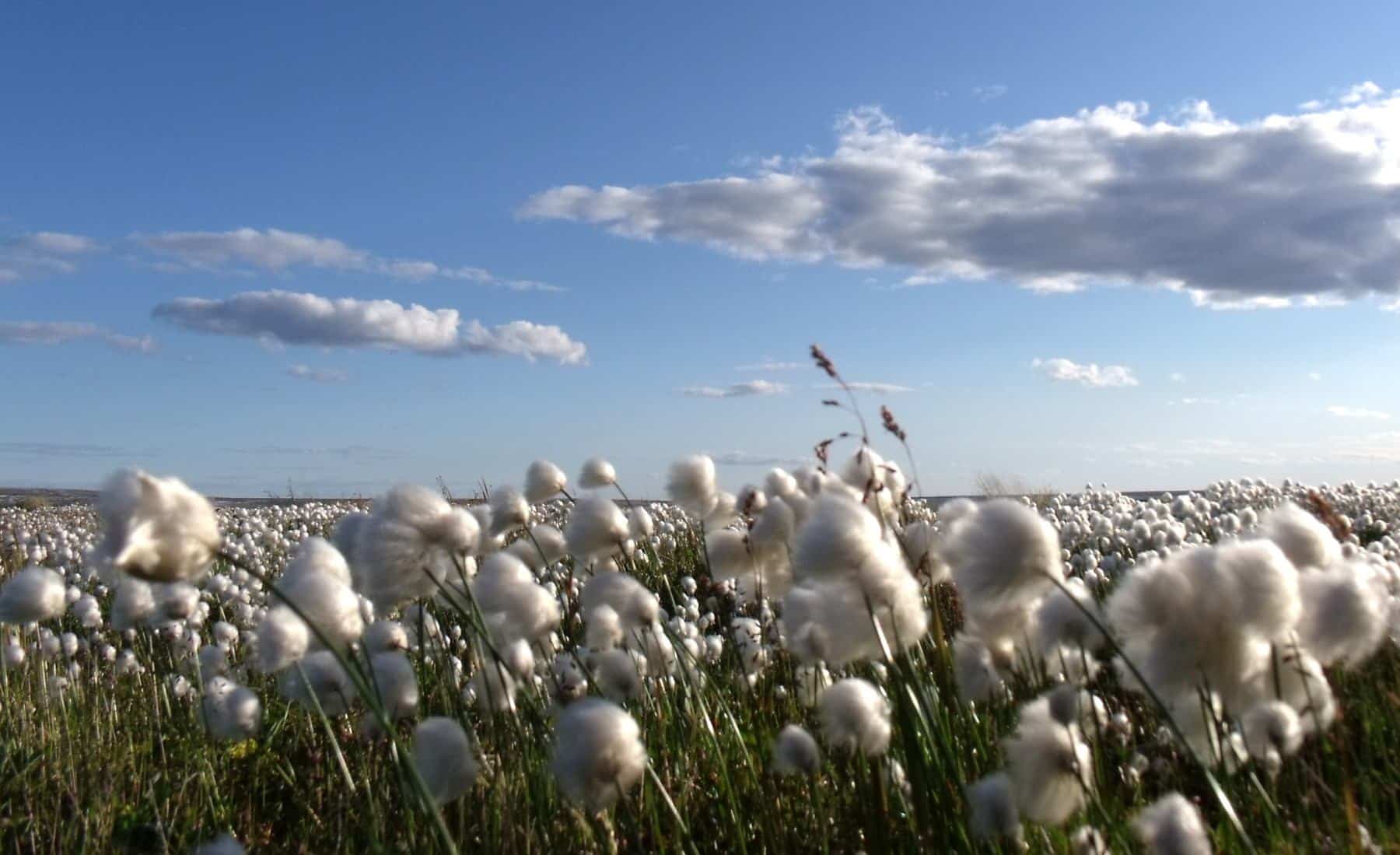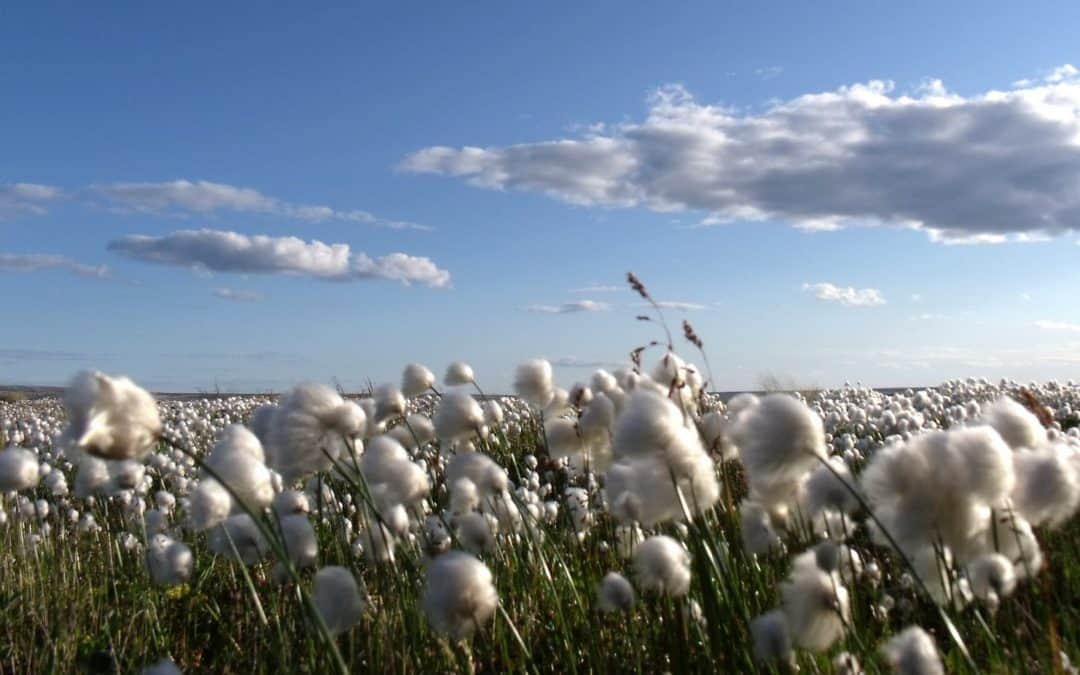An Overview of Southeastern Production
The bulk of cotton production in the US takes place in the humid south. So, we thought it was important write about fertilizer for cotton production in the South. Here in Alabama, we have hot humid summers. You can practically go swimming in the atmosphere in August! It’s a similar story over in Georgia, a state that dwarfs Alabama’s production numbers by 1.7 million bales annually.

Ideal Growing Conditions for Cotton
What are some of the ideal conditions for growth? First, cotton prefers deep, well drained soils. The land should be rich with organic matter. Lighting should be ample with mostly dry weather. At least 20 inches of rain is needed between germination and boll. Additionally, an ideal temperature range is 64-86 degrees. It can take up to 225 days to reach harvest. Because of this, the south is an ideal location for production. We have such a long period between frosts making the south an ideal environment.

Nutrient Requirements
When you select a fertilization plan for cotton, you need to take the plant’s unique requirements into account. Different nutrients needs exist at different stages of growth.
Cotton is actually a perennial. In native environments it continually sets fruit. With cotton, improper application of fertilizer can reduce yields. Actual nutrients per acre required at germination are 10-2-7. Do not confuse this with the numbers on the bag! This is a total requirement in pounds per acre. We will continue to list this number for each phase of the plants growth cycle below. Later on, I will explain conversion so that you know application rates. Moving on to early square, you need 20-5-30. Next, at early boll 56-23-46 is the magic number. Finally, you need 48-31-37 at maturity.
Now for Some Math
Keep in mind that these numbers are for chemical fertilizer application. Let’s continue by converting these numbers to application rates. Assume we have access to bags of 18-46-0 and 34-0-0. Now, for the sake of simplicity, let’s assume we need 60-60-0 in actual pounds per acre. I want to solve for P first. Since it has some nitrogen in the bag, we need to account for that. In our example we have 18-46-0. Each pound of 18-46-0 contains 46% phosphate and 18% nitrogen. To get us to 60 pounds phosphate per acre, divide the 60 lbs. by 0.46 available. This brings us to a requirement of 130 lbs. of 18-46-0 for 60 pounds of available phosphate.
Next, we need to solve for N. In our 130 lbs. of 18-46-0, we have 18 percent nitrogen. So, 130 X 0.18 provides us 23 lbs. of actual N. Now we subtract 23 lbs. of N from our total recommendation of 60 lbs. This leaves us with a 37 lbs. deficit. Using 34-0-0, we have to divide 37 lbs. by 0.34 available. Now we need to purchase 109 lbs of 34-0-0. This gives us 37 lbs. of N. In total a 60-60-0 per acre requirement can be met with 130 lbs. of 18-46-0 plus 109 lbs. of 34-0-0. Spread this blend at 239 lbs. per acre. That’s a lot of fertilizer! Let me ask you, do you think there is a more efficient way to do things? If you said yes, jump to the head of the class. Read on!

Cost Effective Cotton Fertilizer
What if I told you that you’re spending way too much money on bagged fertilizer? Would you believe me? Are you willing to at least hear me out? Read on!
Did you know that only 7-8% of the N-P-K in your chemical fertilizer is used by the plants? That’s why you need over 200 lbs. per acre. Seems like a lot of waste, huh? Maybe traditional solutions aren’t the best fertilizer for cotton production in the South? Furthermore, a large portion of this fertility simply escapes your property due to run off. What if we could use a more concentrated product that locks fertility into the soil? Neptune’s Harvest may have really low N-P-K numbers. However, in this case the numbers only tell half the story. Natural fertilizers are much more bioavailable by percentage. Additionally, the efficiency increases by up to 20 fold when we use a foliar spray application. In fact, we can use as little as 3.25 gallons of fertilizer mixed in with 100 gallons of water to treat an acre. Read on to see why Liquid Organic Fertilizers are a superior fertilizer for cotton production in the South.
Our Recommended Foliar Application Rate
Combine a gallon of Natural Fertilizer, 2 gallons of Natural Bonemeal, and 1 quart of Natural Kelp and Sulfate of Potash with 100 gallons of water. At 4-6” in height, apply this mixture as a fine mist. You should use ample solution to thoroughly cover leaves. If more nitrogen is needed at pre-bloom, apply 1 gallon Natural Fertilizer, 2 gallons Liquid Bonemeal, 1 quart Kelp and Sulfate of Potash and 100 gallons of water. In case you need less Nitrogen at pre-bloom, you can apply 2-3 gallons Liquid Bonemeal, 1 quart Kelp and Sulfate of Potash and 75 gallons of water. If irrigation is available, foliar applications can be applied through the irrigation system. It doesn’t matter what system you use. A center pivot, wheeled, gun, or drip system will all work well.
Confused as to why we aren’t more specific? This is a general recommendation that assumes average soil quality. We want to help you get more specific. That’s why I highly recommend working with us to get a soil analysis for specific needs. You might need much more than this due to years or decades of chemical fertilizer use. Such conditions require more fertilizer due to the loss of soil life. It is estimated that an acre of healthy earthworms can create 700 lbs. of worm castings each day! When you switch to natural fertilizer, you bring life to the soil. Eventually, you attract earthworms and other beneficial animals who feed off the bacteria in the soil. Thus, your need for fertilizer decreases with subsequent seasons, provided you have good erosion control.
Getting Started with Organic Cotton Fertilizer
I think Organics make an outstanding Fertilizer for Cotton Production in the South. I hope that at this point, you are convinced of the value in going natural. The first step is to get a recent soil analysis. Find out what your soils are deficient in, and supplement with natural and organic materials.


